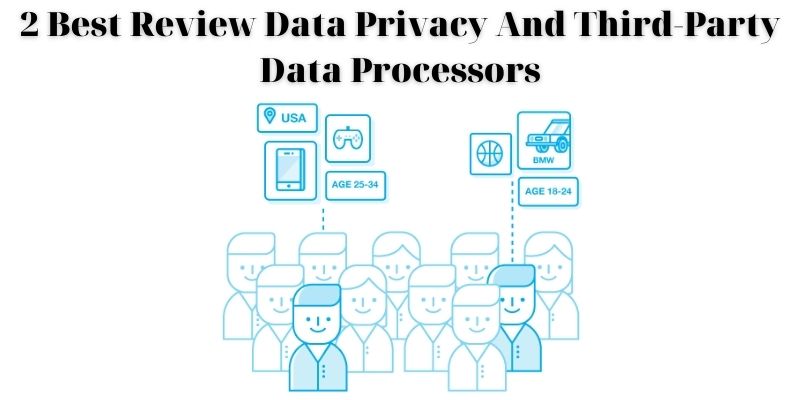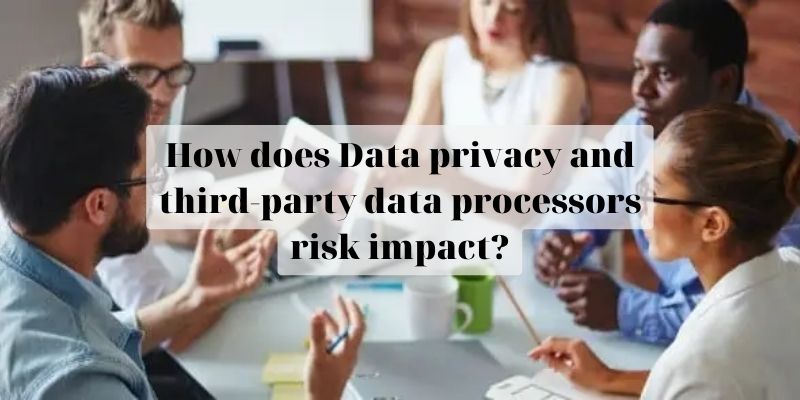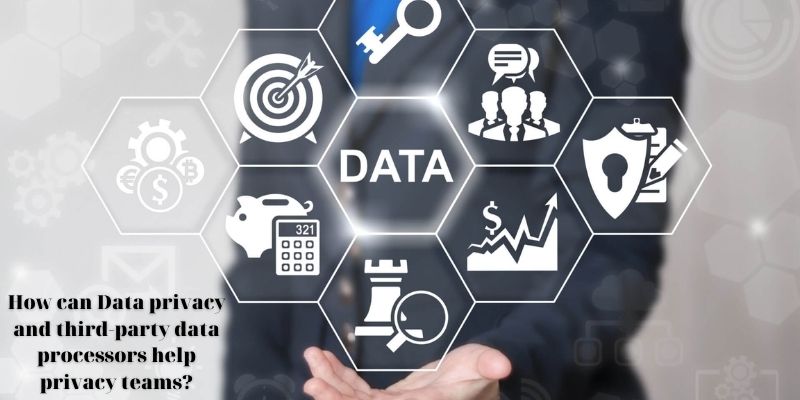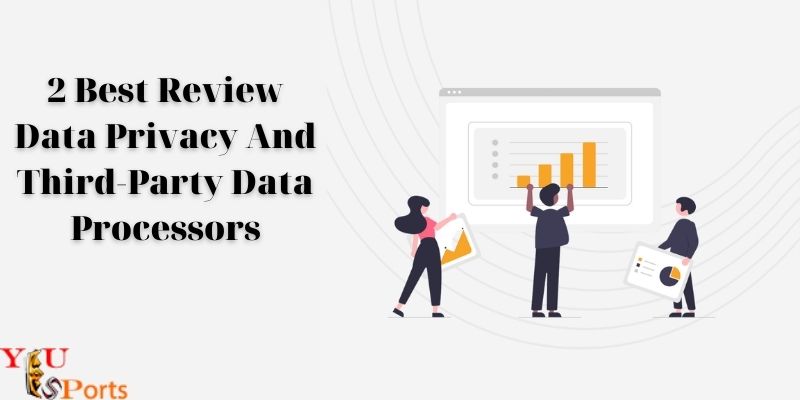Teams with the similar goal of reducing the risk to data privacy benefit from mutually beneficial knowledge and resource data privacy and third-party data processors sharing across corporate silos.
Every firm relies on an ecosystem of suppliers, vendors, and service providers in the networked business world of today. These connections with third parties can boost business value, but they also carry danger. To assess and reduce third-party risk across the business, organizations are increasingly appointing third-party risk management (TPRM) teams.

Third-party risk can result in data breaches, supply-chain failures, negative media attention, and other occurrences that harm the company’s reputation. A unified TPRM approach can give CEOs and other senior executives the visibility they need into these risks at the organizational level.
Other teams still have a role to play even when a specialized TPRM team manages risk throughout an organization. Business executives, including the Chief Privacy Officer, should in fact promote communication and information exchange between their teams and the TPRM team. The ability to share knowledge and insights that can aid the other team in achieving its objectives makes it advantageous for privacy teams and TPRM teams to cooperate. In this article, yeuesports.com will discuss 2 best review data privacy and third-party data processors.
How does Data privacy and third-party data processors risk impact?
When your company works with a third party, you frequently cede some degree of control over your data, including the sensitive personal information of your consumers. The final decision regarding how third parties handle that data rests with your organization. Even if a third party is ultimately to blame for a data leak, the company’s brand suffers.

Data privacy and third-party data processors teams employ a method called data mapping to acquire the information necessary to provide meaningful answers to important concerns regarding their data, including:
- Who is the organization sharing data with?
- What data is the organization sharing, and for what purpose?
- Where is the data going? If it’s being transferred across borders, that could create additional compliance challenges.
- What privacy controls are third parties using to protect the data as it moves?
Due to the enormous amount of data that businesses handle from numerous different data sources, data mapping can be difficult and time-consuming. Positively, relatively few privacy teams are beginning from scratch. Data mapping is mandated by privacy rules, which have been in existence for some time. For instance, given that they would have been required to set one up when GDPR originally went into force, it is highly likely that any organization that transacts with residents of the European Union currently has a data map in place.
To assist the TPRM team’s efforts, privacy teams can contribute their data maps. For instance, knowing the types of processing activities that third parties carry out might be highly beneficial to the TPRM team. When a single third party controls several services, the business may engage the third party in a number of different relationships with various data-processing activities specific to each service. The TPRM team may find it difficult to maintain track of this level of intricacy. Once more, the privacy team can assist customers in doing this by providing details from the data map.
How can Data privacy and third-party data processors help privacy teams?
The third-party risk management team (TPRM) can assist privacy teams by sharing information from their third-party inventory, much as the privacy team can support the TPRM team by sharing the data map. The majority of TPRM teams already have a comprehensive inventory of the third parties the organization already collaborates with, and they’ll keep updating that inventory as new third parties are brought on board.

The inventory contains data obtained throughout the lifespan of third-party risk management’s initial due diligence, assessment, and monitoring phases. Some of this information, including specifics regarding the cybersecurity and data protection measures that a specific third party has in place, may be directly helpful to the work that the data privacy and third-party data processors team is performing. Freely exchanging that information aids both parties in achieving their shared objective of reducing third-party risk.
Organizations are required by several data protection legislation to do privacy risk assessments, commonly referred to as privacy impact assessments (PIAs). By conducting a PIA, the privacy team may identify potential risks to the organization’s sensitive customer data and develop a plan to address those risks. The privacy team can inform and streamline their own risk assessments by using information and insights obtained from third-party risk assessments.
